Isodore Isou
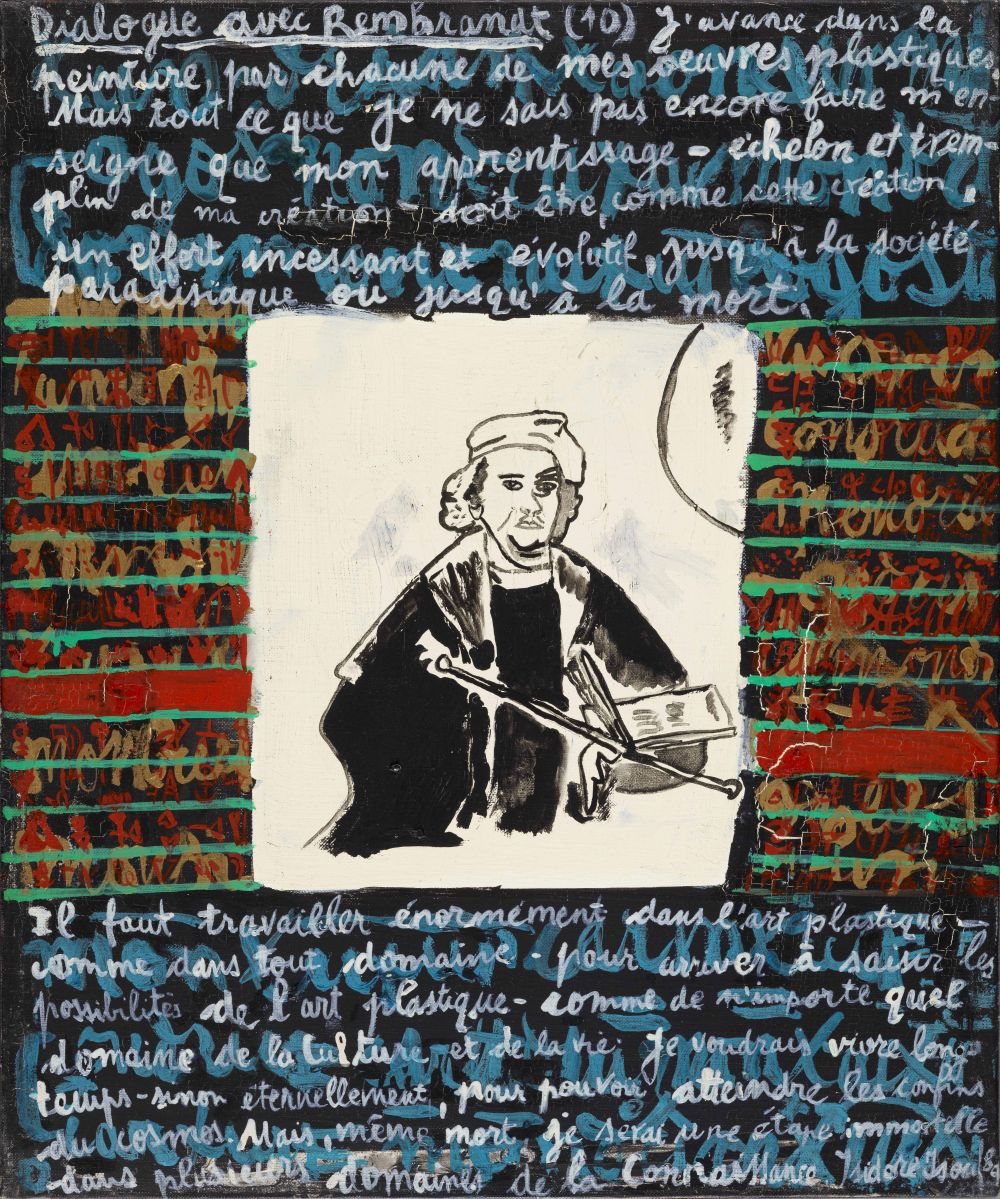
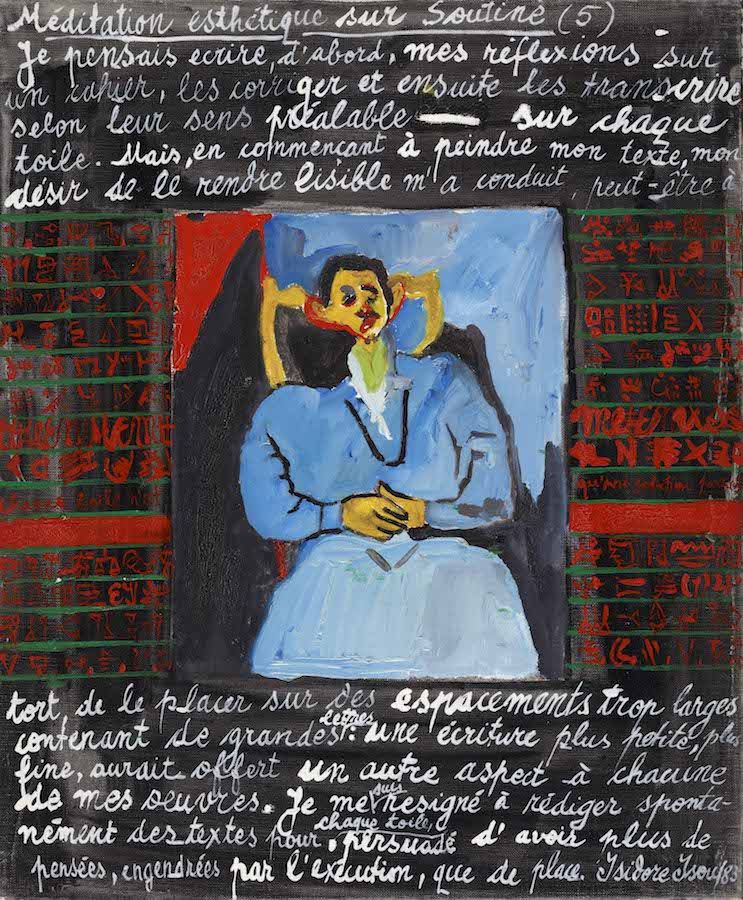

Selected Works
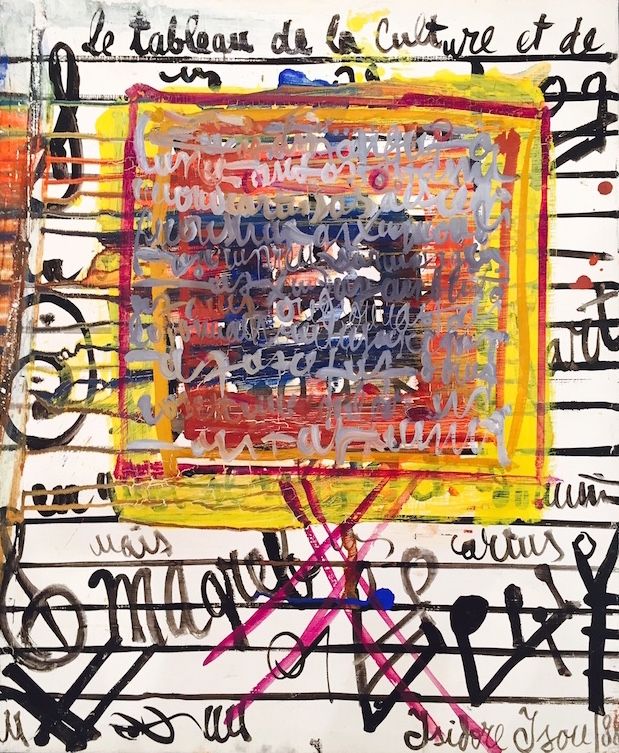
Isodore Isou
Sans titre, 1988
Huile sur toile
55 x 46 cm

Isodore Isou
Sans titre, 1989
Huile sur toile
55 x 46 cm

Isodore Isou
Sans titre, 1983
Huile sur toile
55 x 46 cm
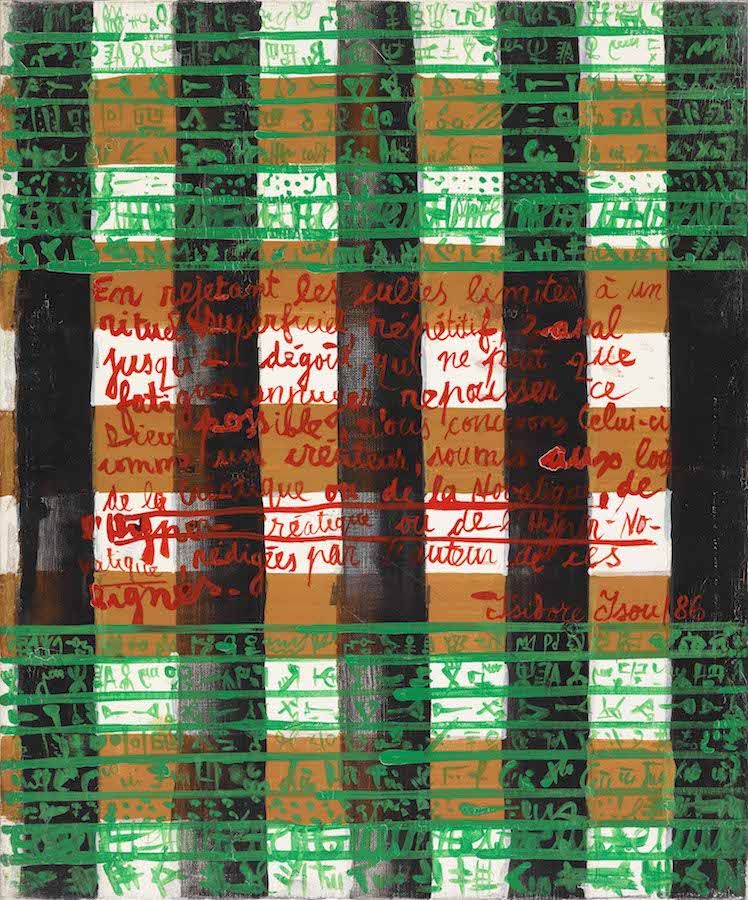
Isodore Isou
Sans titre, 1986
Huile sur toile
55 x 46 cm

Isodore Isou
Sans titre, 1978
Huile sur toile
55 x 46 cm
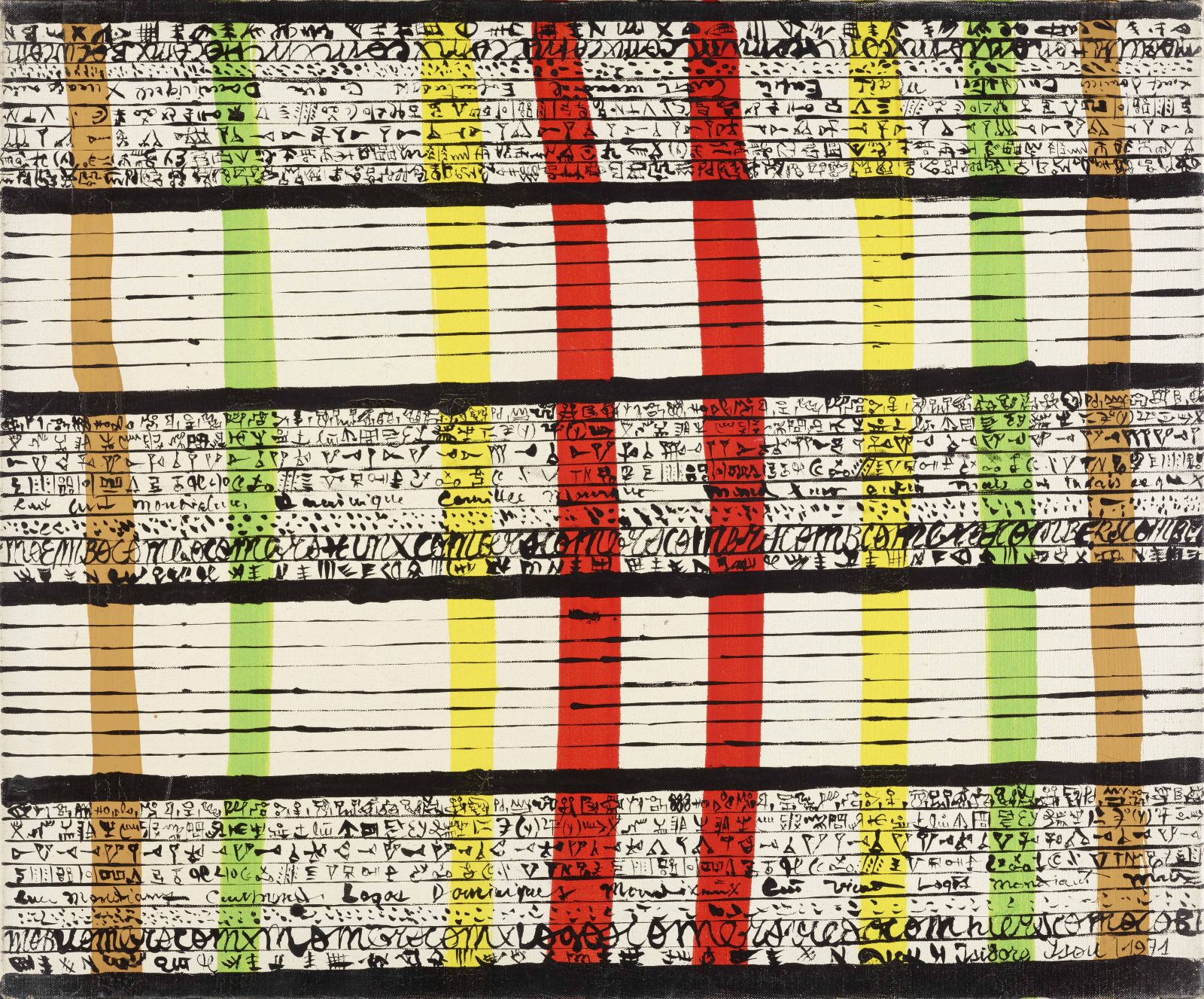
Isodore Isou
Sans titre, 1971
Huile sur toile
46 x 55 cm

Isodore Isou
Sans titre, 1974
Huile sur toile
55 x 46 cm
Some of the works depicted are no longer available.
Biography
For Isidore Isou, the letter and, more broadly, the sign, constitute the foundation of a radical renewal of the arts.
Throughout his life, Isou surrounded himself with fellow travelers with whom he confronted his ideas and produced a large-scale plastic work. Some, like Maurice Lemaître, remained close to him for a long time and played a major role in the achievements of Lettrism. Isou's concepts are numerous and visionary. Through his work, he anticipated important turning points in the history of art. "Hypergraphy", "mecha-aesthetics", "infinitesimal art" and the "supertemporal framework" are practices that would mark the art of the second half of the 20th century. His thinking goes beyond the arts, particularly in politics, where his emphasis on youth would find an echo in situationist thought and the demands of May 1968.
